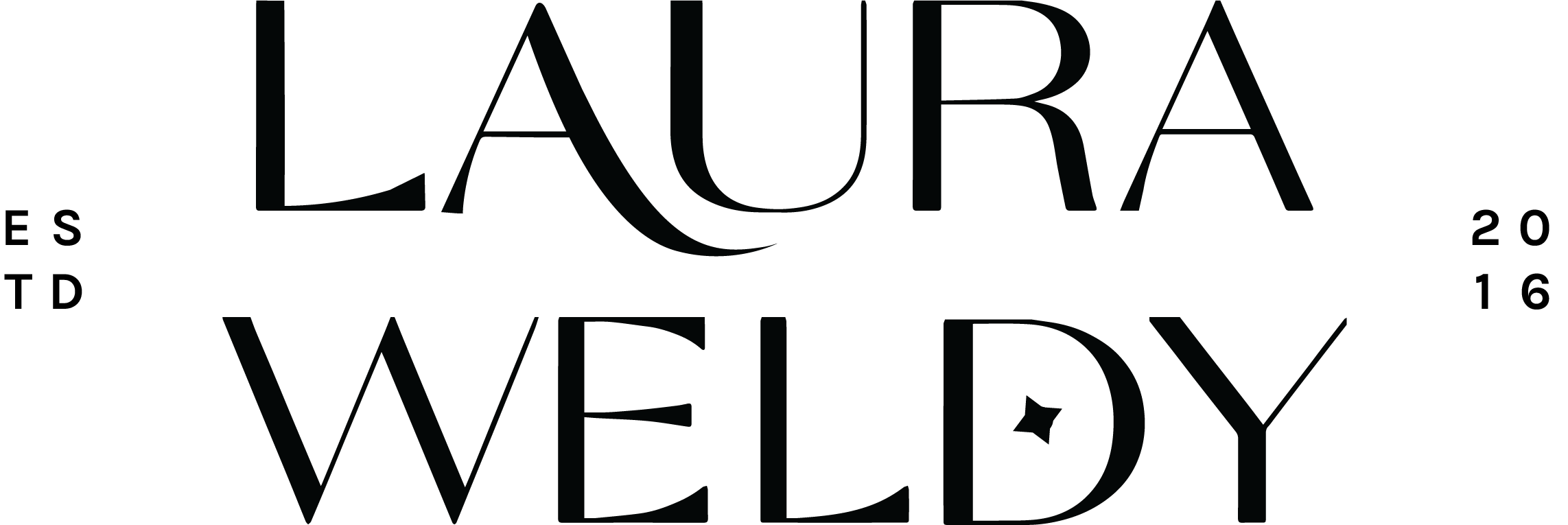The holidays are in full swing, and this advice from my dear friend Julie Sellers , Founder and CEO at Ellevated Outcomes couldn’t be more relevant. Soak up her wisdom – I know I am! Learn more about her work here.
As the holidays alight upon us, expectations to be social are at an all-time high. You probably have a company party to attend, perhaps some client or social functions, and at the very least: gatherings of family and friends. And for some people, the very thought of socializing this month causes their stress and anxiety to sky rocket. Especially if this label resonates with you: introvert.
While working with clients and prospects as of late, there’s been something consistent coming up over and over again, which has caught my attention: everyone is referencing Myers-Briggs (did they just release a new version or something?). When they ask me, “What’s your type?” they’re shocked that my self-improvement-addict-self doesn’t know the answer.
Although I have taken the test twice, I haven’t committed the results to memory. Here’s why: I notice that when people discuss themselves in terms of their Myers-Brigg type, they are really attached to the type. What started as vocabulary that simply helped someone identify characteristics of herself has become a subconscious crutch. It’s morphed into an excuse for why someone is the way she is, versus a natural tendency that one has the power to adapt.
Let me give you an example: I’m right on the border between introvert and extrovert (that’s the one diagnosis from the test that I do remember). And the reason I remember is that when I told my husband, he was incredulous. As an intense introvert, he could not believe that my sometimes-gregarious self wasn’t on the polar opposite end of the scale.
Knowing myself deeply, the diagnosis felt on-point to me. Yet, from outsiders’ perspectives, I act like an extrovert. Why? Because I work at it. Laura and I got to talking about this a couple months ago, and I casually mentioned, “Oh yeah. I have an extrovert formula that I use when I want to turn it on.”
So whether I’m attending a party, a networking event, or a simple one-to-one client meeting, and I’m feeling a little… internal, here are the four steps I run through to let me inner extrovert shine through:
1. Recall a compliment that someone else has paid you.
I’m fairly confident, but no matter how confident you are, sometimes self-consciousness and fear finds its way inside you and picks at your self-worth. To keep self-consciousness at bay and project magnetism so that others want to be around me, I call to mind a specific compliment that a colleague-friend paid me earlier this year. This thing that she said meant so much to me, and when I repeat it to myself and sit with it until I believe it, my body language and engagement with others becomes more open and shinier.
It sounds corny, but recalling something really special and unique about yourself, as stated in someone else’s words, is a powerful act that will hands-down help you project energy out to others.
2. Prepare your response to the question, “What’s new?”
Years ago, someone with whom I’d had a prior working relationship called to recruit me for a job. He asked the typical, “What’s new with you?” And I replied a very typical, “Oh, not much.”
I’ll never forget his response that rattled me: “Oh. I’m sorry to hear that.”
These words seemed to hang in the air, as I felt so stupid. Also, since then, I’ve realized what a conversational dead-end that is. To the contrary, when you respond with something (anything!), you’re throwing the other person a bone, making it easier to ask follow-up questions and keep the flow moving. Your response doesn’t have to be grandiose, but there’s always something going on. Be prepared to share. If nothing else, it’s the polite thing to do.
3. When you walk into the room, greet the first person you see.
I absorbed this advice years ago from magician-turned-networking-expert Lee Warren. Do not look for someone you know, do not stick by the person you came with, and do loiter by the door. Approach and say hello to the very first person who catches your eye – even if (s)he’s <gasp> a stranger. Doing this will warm up your extroversion muscles and allow you to take action before you get stuck in your head.
4. Keep your phone far, far away (or at least out of your hands).
The minute that you look at your phone – even if it’s just a glance – your body language changes. You’re looking down, you’re closed off, and you’ve put an obstacle between you and the real-life people around you. It literally, physically changes the energy around you. And after you pick it up once, you know that you’re going to do it again… so just don’t break the seal in the first place.
If you can do these four simple things during this holiday season, I promise that you’ll have a smoother, less anxious social experience. And the best part is: these are all small actions that are 100% within your control. Although it may not feel like it (especially if Ms. Myers’ and Briggs’ introvert label has doomed you) – extroversion is a muscle, so the more you practice, the more natural being an extrovert will feel.
